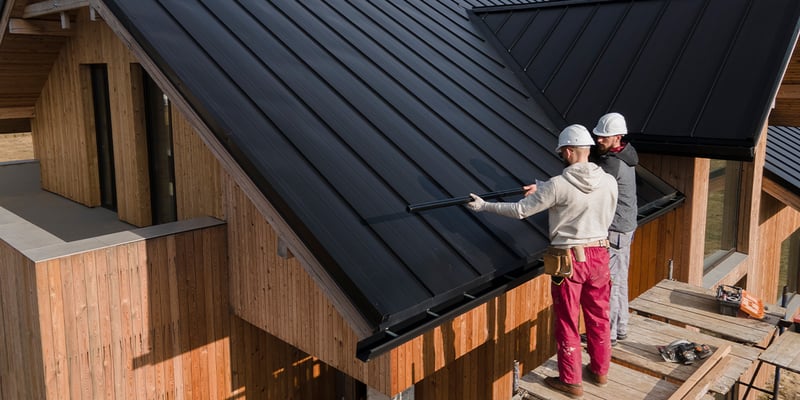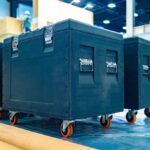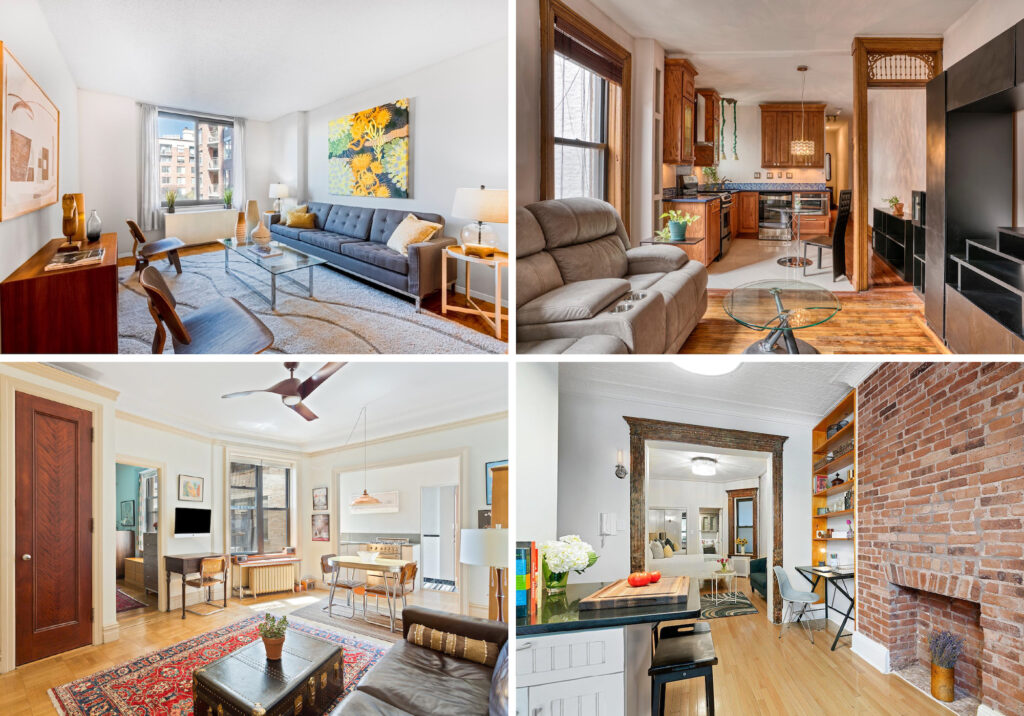When it comes to roofing, the material you choose impacts not only the appearance of your home but also its durability, energy efficiency, and long-term maintenance needs. With a wide variety of materials available, each offering distinct advantages and potential drawbacks, understanding your options can help you make a well-informed decision. Whether you’re building a new home or planning a roof replacement, here’s an overview of the most popular roofing materials, along with their pros and cons.
1. Asphalt Shingles
Asphalt shingles are the most commonly used roofing material in the United States. They’re popular for their affordability, ease of installation, and wide range of styles and colors.
- Pros:
- Cost-Effective: Asphalt shingles are budget-friendly compared to other materials, making them a popular choice for homeowners.
- Variety of Styles: Available in many colors and designs, asphalt shingles can complement various architectural styles.
- Easy Installation and Repair: Asphalt shingles are relatively simple to install and repair, allowing for quicker project completion.
- Cons:
- Shorter Lifespan: With an average lifespan of 15-30 years, asphalt shingles don’t last as long as other materials.
- Less Durable in Extreme Weather: Asphalt shingles can be prone to damage from high winds, hail, and rapid temperature changes.
For homeowners on a budget, asphalt shingles offer a reliable solution without compromising on style. However, if you’re looking for longevity and enhanced durability, you may want to consider other options.
2. Metal Roofing
Metal roofing is known for its durability and energy efficiency. Available in various metals, including aluminum, steel, and copper, it’s a versatile option suited for a range of climates.
- Pros:
- Long Lifespan: Metal roofs can last 40-70 years, depending on the metal type and maintenance.
- Energy Efficiency: Reflective properties help reduce cooling costs, making metal an eco-friendly choice.
- Weather Resistance: Metal roofing withstands extreme weather conditions, including heavy snow, high winds, and intense sunlight.
- Cons:
- Higher Upfront Cost: Metal roofs are more expensive than asphalt shingles, though the long lifespan offsets this initial expense.
- Noise Concerns: Without proper insulation, metal roofs can be noisier during rain or hailstorms.
A metal roof is ideal for homeowners focused on durability, energy savings, and long-term value. While the upfront cost may be higher, the lifespan and low maintenance needs make it a worthwhile investment.
3. Wood Shingles and Shakes
Wood shingles and shakes offer a natural, rustic appearance that enhances the character of many homes. Commonly made from cedar, redwood, or pine, these materials bring warmth and charm to a property.
- Pros:
- Aesthetic Appeal: Wood shingles and shakes provide a timeless, organic look that’s hard to replicate.
- Eco-Friendly: As a renewable resource, wood is a more sustainable option than many other materials.
- Insulation Properties: Wood has natural insulating properties, which can improve energy efficiency.
- Cons:
- Maintenance-Intensive: Wood roofs require regular maintenance to prevent rot, insect damage, and mold growth.
- Flammable: Without fire-resistant treatment, wood shingles can be a fire hazard, particularly in dry areas.
Wood shingles and shakes are perfect for homeowners who prioritize aesthetics and don’t mind regular upkeep. However, they may not be the best choice for areas prone to wildfires or high humidity.
4. Tile Roofing
Tile roofing, often made from clay or concrete, is a popular choice for Mediterranean, Spanish, and Southwestern-style homes. Known for its durability and unique appearance, tile roofing adds a distinct charm to any property.
- Pros:
- Exceptional Longevity: Tile roofs can last over 50 years with proper maintenance.
- Fire-Resistant: Both clay and concrete tiles are naturally fire-resistant, adding a layer of safety.
- Low Maintenance: Tile roofs require minimal upkeep, making them ideal for long-term investment.
- Cons:
- Heavy Weight: Tiles are significantly heavier than other materials, often requiring additional structural support.
- High Installation Cost: Tile roofing can be expensive to install, partly due to the weight and specialized installation process.
Tile roofing is ideal for homeowners looking for longevity, low maintenance, and a distinctive appearance. However, it’s essential to ensure your home’s structure can handle the added weight.
5. Slate Roofing
Slate roofing is among the most durable options available. Made from natural stone, it offers an elegant, classic look that can last a lifetime with proper care.
- Pros:
- Unmatched Durability: Slate roofs can last over 100 years, making them an investment for generations.
- Aesthetic and Unique: The natural beauty of slate adds a unique, high-end look to any home.
- Fire and Weather Resistant: Slate is highly resistant to fire, hail, and other environmental factors.
- Cons:
- Expensive: Slate is one of the most expensive roofing materials, both in terms of material and installation costs.
- Heavy: Like tile, slate is very heavy and may require additional support for safe installation.
For those who prioritize longevity and are willing to invest in a premium option, slate offers an unparalleled combination of durability and beauty.
6. Green Roofing
Green roofs are becoming increasingly popular for their environmental benefits. These roofs are partially or completely covered with vegetation and are designed to improve air quality, reduce energy use, and provide insulation.
- Pros:
- Eco-Friendly: Green roofs promote biodiversity, reduce carbon footprint, and enhance air quality.
- Insulating Properties: The plants provide natural insulation, reducing heating and cooling costs.
- Stormwater Management: Green roofs absorb rainwater, helping reduce runoff and decrease the risk of flooding.
- Cons:
- High Maintenance: Green roofs require regular upkeep, including watering, pruning, and occasional replanting.
- Structural Requirements: Green roofs are heavy and require strong structural support.
A green roof is ideal for environmentally conscious homeowners who are willing to invest in regular maintenance. It’s a unique choice that combines aesthetic appeal with sustainability benefits.
7. Synthetic Roofing
Synthetic roofing materials, such as rubber, plastic, or polymer roofing, are engineered to mimic the appearance of natural materials like wood or slate while offering enhanced durability and lower maintenance.
- Pros:
- Lightweight and Durable: Synthetic materials are lighter than natural stone or tile, making them easier to install.
- Affordable Alternative: Synthetic roofing offers the aesthetic appeal of premium materials at a lower cost.
- Weather Resistant: Synthetic materials are designed to withstand harsh weather conditions, including UV exposure.
- Cons:
- Less Authentic Appearance: While synthetic options resemble natural materials, they may lack the authenticity of the original.
- Potential Fading: Some synthetic materials may fade over time, particularly with prolonged sun exposure.
Synthetic roofing is a great option for homeowners who want the look of natural materials without the higher costs and weight. It’s a practical choice for those seeking a balance of aesthetics, durability, and affordability.
Conclusion
Choosing the right roofing material is a critical decision that affects the performance, maintenance needs, and longevity of your roof. Each material has unique qualities, and the best choice depends on factors like budget, climate, and personal preferences. Working with a knowledgeable contractor like Lapeyre Construction can help ensure that the material you choose aligns with your goals and provides long-lasting protection for your home.
Whether you prioritize cost-effectiveness, aesthetics, durability, or sustainability, selecting the right roofing material allows you to create a roof that complements your home’s design and meets your functional needs. Investing in the right material ultimately pays off by enhancing the safety, beauty, and value of your property.






